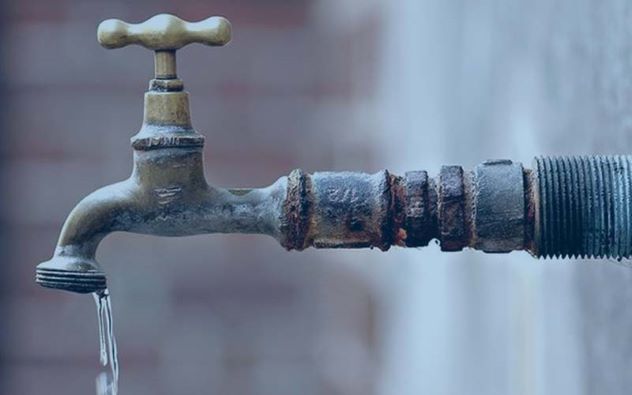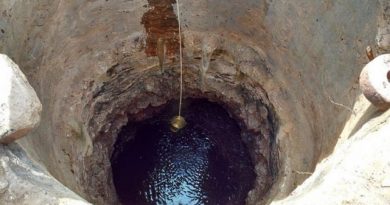Despite Assurances, Mangalore Forced to Start 3rd Round of Water Rationing

The water level in the dam reportedly stood at 4.90 meters (7.30 million cubic meters) on Sunday, which would last for less than 28 days if the water is supplied every day. The continues dip has prompted the administration to start its third round of water rationing to avert the Day Zero. Mangaluru MLA and Urban Development Minister UT Khader said the move was being used as a last resort. It was Mr Khader only who had indicated that rationing will be the ‘last resort’, as recently as April 28. Clearly, the hope that further rationing would not be required was built around a prayer and not much else, and so it has come to pass for the city.
“Mangaluru City Corporation had decided to cut down the water supply for two days from this week. The rationing system which was supposed to start from April 30 will be implemented from May 1. In order to avoid severe water crisis in future, the rationing system will have to begin,” UT Khader says.
As per the schedule for rationing, water from the reservoir will be provided for four days, while there will be no water after that for two days.
The city corporation had started rationing water on April 18, with the same cycle, where the water supply was cut off on April 18 and April 19, and then again on April 24 and April 25. They had to take a call if the same would continue for a third round.
Water will not be available from 6 am on May 1 to 6 am on May 3. The next round will be from 6 am on May 7 to 6 am on May 9. The same will continue from May 13 to May 15 and May 19 to May 21, reportedly.
For Mangalore, which usually has a date with the South West monsoon on May 29-30, the countdown to the rains will become even more anxious than usual this year, as it awaits an end to its water crisis.
Read: World Water Day: UN Report on Water 2019 ‘Leaving No One Behind’
Bengalurean Society Becomes Water Saviour: Lessons for all
The once city of lakes with 300 water bodies, Bangalore now has been reduced to the poster boy of water scarce city in India. The Silicon Valley of India made headlines last year after toxic froth in lakes like Bellandur and Varthur worried the locals and the environmentalists who raised alarm over water quality in the city.
Read also: Appeal: On World Water Day, Make Water Education Compulsory

While Bangaloreans struggle for something as basic as water and end up paying a hefty amount to tankers for clean water, the residents of Maa Brindavan, an apartment complex in Whitefield, are saving 500 liters of water every day.
Adhinarayana Rao Velpula, water crusader and one of the residents of Maa Brindavan, says, “In our apartment complex, there are 46 flats and through borewell, we get 500 liters of water daily which is obviously insufficient for all the residents. Hence, we like other Bangaloreans would rely on water tankers that charge us Rs. 600 for 3,500 liters of water. The cost of water tanks is skyrocketing because of the demand and supply gap.”
They have done away with daily car washing to save water. However, to make water last longer, the residents brainstormed and started to collect the water dispensed from water filters in a bucket and keep it outside their house. To give a boost to the resident’s idea, the residents association got large drums installed in the parking area for collection of water where rejected RO water from houses could be collected. The housekeeping staff was made in charge of the collection of water.
Following this practice, together, the residents now manage to save 500 liters of water every day. The rejected RO water collected in the society is now being utilized for the purpose of cleaning vehicles, washing parking lot, and watering garden and plants in society.
To further reduce the consumption of fresh water, the residents association has switched to water saving aerator or adapter, a water saving device that simply fits onto a tap and reduces the flow rate of water. In all the wash basins, foam flow aerator that gives 6 litres of water per minute has been replaced with rain flow aerators. The aerator has brought down the flow to 3 litres per minute without any compromise on washing experience. This way, 50 percent of the water is saved.
Residents of the Maa Brindavan apartment complex has proved that when people come together good things happen. Their endeavor shows us that these little tweaks can go a long way if we all show will to follow. As it is rightly said, ‘Where there is a will there is a way!’




